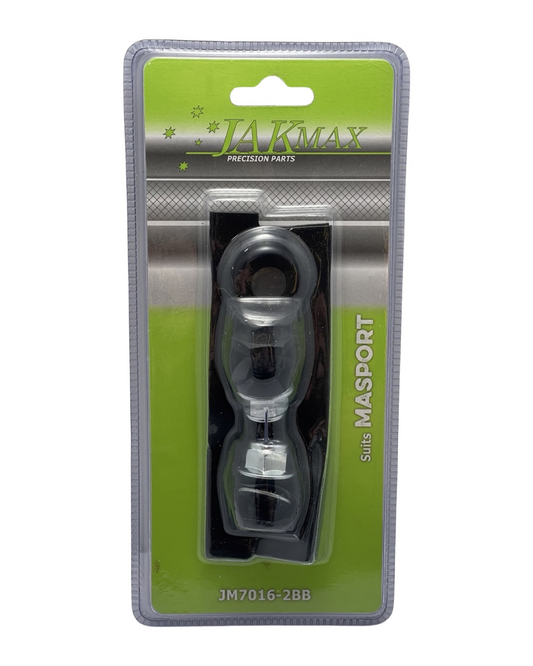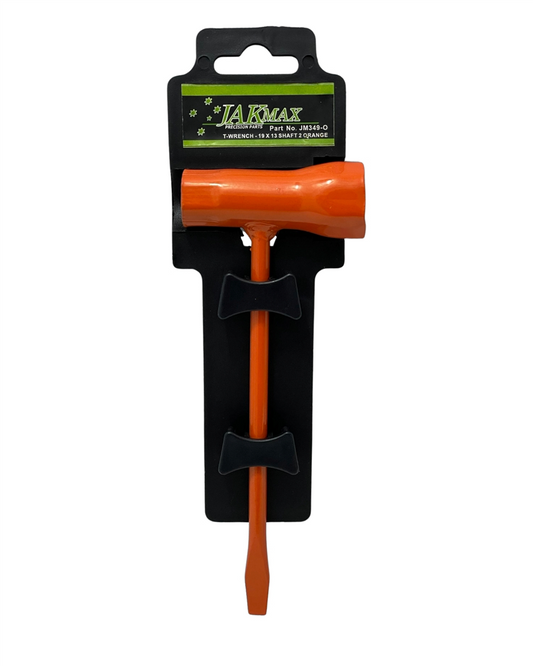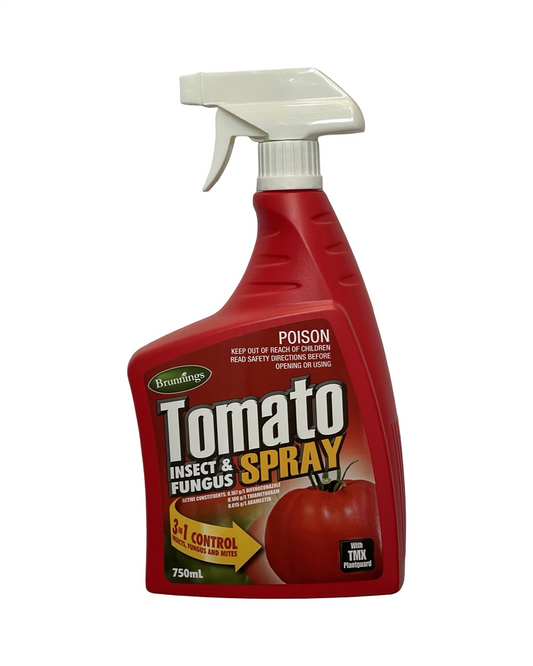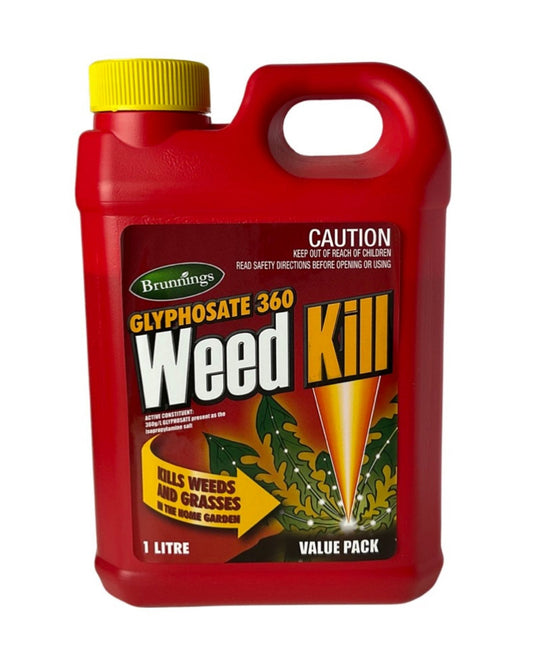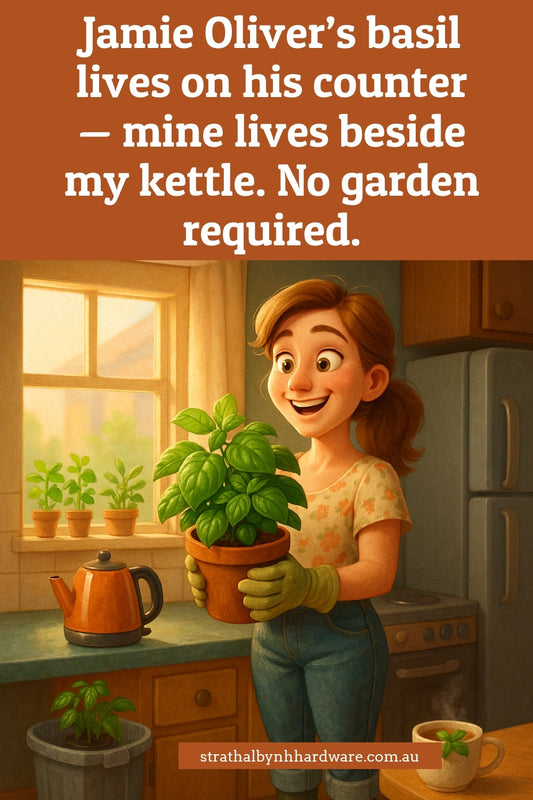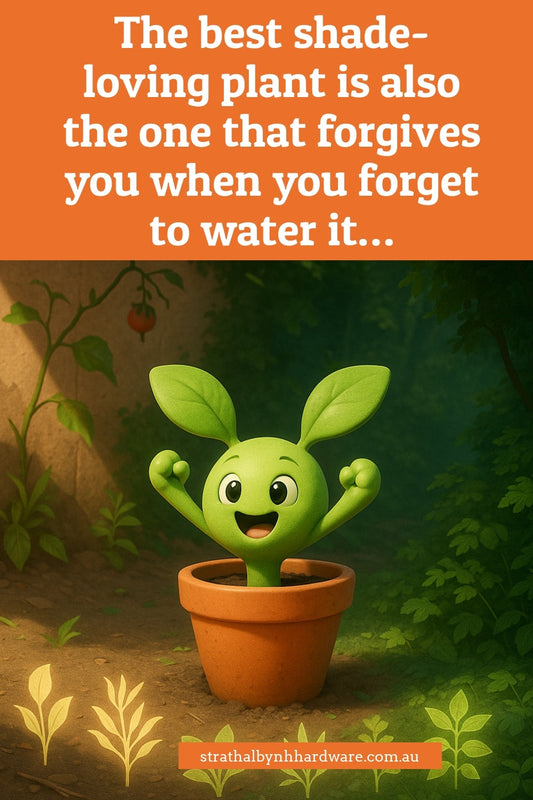The surprising reason your snake plant isn’t growing – and how to fix it
Share
Why even the "easy" plants sometimes stall – and what you can do about it
You've seen it on gardener reels, in your friend’s lounge room, and on every “best indoor plant” list ever: the snake plant (also called Sansevieria or Mother-in-Law’s Tongue). It’s tough, sleek, low-effort — in theory. So why is yours just... sitting there? Looking healthy... but frozen in time?
If you’re wondering why your snake plant hasn’t budged in months, you’re not alone. This slowpoke habit catches a lot of beginner growers off guard. The good news? There’s usually one sneaky factor behind the stall. And once you fix it, your plant might just surprise you.
First, take a breath: snake plants are naturally slow
Before you toss it in the green bin, know this — snake plants are tortoises, not hares. They grow slowly, especially indoors. In cooler months or low-light spots, they may barely move at all. That’s not failure. That’s just how they roll.
“If it’s not drooping, mushy, or spotted — it’s probably not dying. It’s just biding its time.”
But if your plant hasn’t grown a single centimetre in, say, 6 to 9 months or more — and it’s not winter — that’s worth investigating.
The real culprit: it’s probably the pot
Here’s the secret most people miss: snake plants hate oversized pots. If the container is too large for its root system, the soil stays wet for too long. That soggy soil doesn’t just annoy the snake plant — it tells it, “Don’t grow.”
These plants evolved in arid places with dry, gritty ground. When their roots sit in wet soil for too long, they enter survival mode. They stop growing. They wait. They sulk.
The fix? *Downsize that pot.* You want something only 2-3 cm wider than the root ball. And make sure it has a proper drainage hole. Snake plants aren’t drama queens... but they really do loathe wet feet.
Other common growth blockers
If your pot size is right but your snake plant still refuses to grow, check these other snag points:
- Low light: These plants survive low light, but they don’t grow well in it. Move it to a bright spot (filtered light near a window is ideal).
- Overwatering: The number one plant killer. Let the soil dry out fully between drinks — sometimes up to 3 weeks in winter.
- No feeding: Snake plants don’t need much food, but a gentle, half-strength liquid fertiliser every few months in spring/summer can give them momentum.
- Rootbound? Rare, but if you’ve had it for years and the roots are pushing out the base, it might be time to repot into a slightly larger home.
The growing season matters too
Snake plants mostly grow in spring and summer. In autumn and winter, they often stop — even in perfect conditions. So if yours hit pause around June, that’s natural. Wait until the warmer weather returns, then reassess.
Keep an eye out for new leaves coming up in the middle of the plant — that’s your sign it's back in action.
What healthy (but slow) growth looks like
A snake plant in its sweet spot will still grow slowly. You might get two or three new leaves a year. Don’t expect jungle vibes. Instead, look for:
- New spears pushing up from the centre
- Firm, upright leaves with good colour
- No brown mushy bits or mildew smells (those are signs of rot)
“Growth isn’t always fast, but it should feel alive. Stillness is okay — staleness isn’t.”
Final tip: sometimes doing less helps more
Snake plants are perfect for people who forget to water. So don’t “love them to life” with fuss and fertiliser. Instead, step back. Give them bright light, a snug pot, and time. Then notice the tiny wins: a new leaf, a bit of height, a stronger tilt toward the sun.
That’s growth too. Even when it’s slow.
Happy planting,
Candeece
 Stay Connected
Stay Connected
Join our gardening community on Facebook: Urban Gardener's Notebook
And follow our Store Facebook Page: Strathalbyn H Hardware on Facebook

